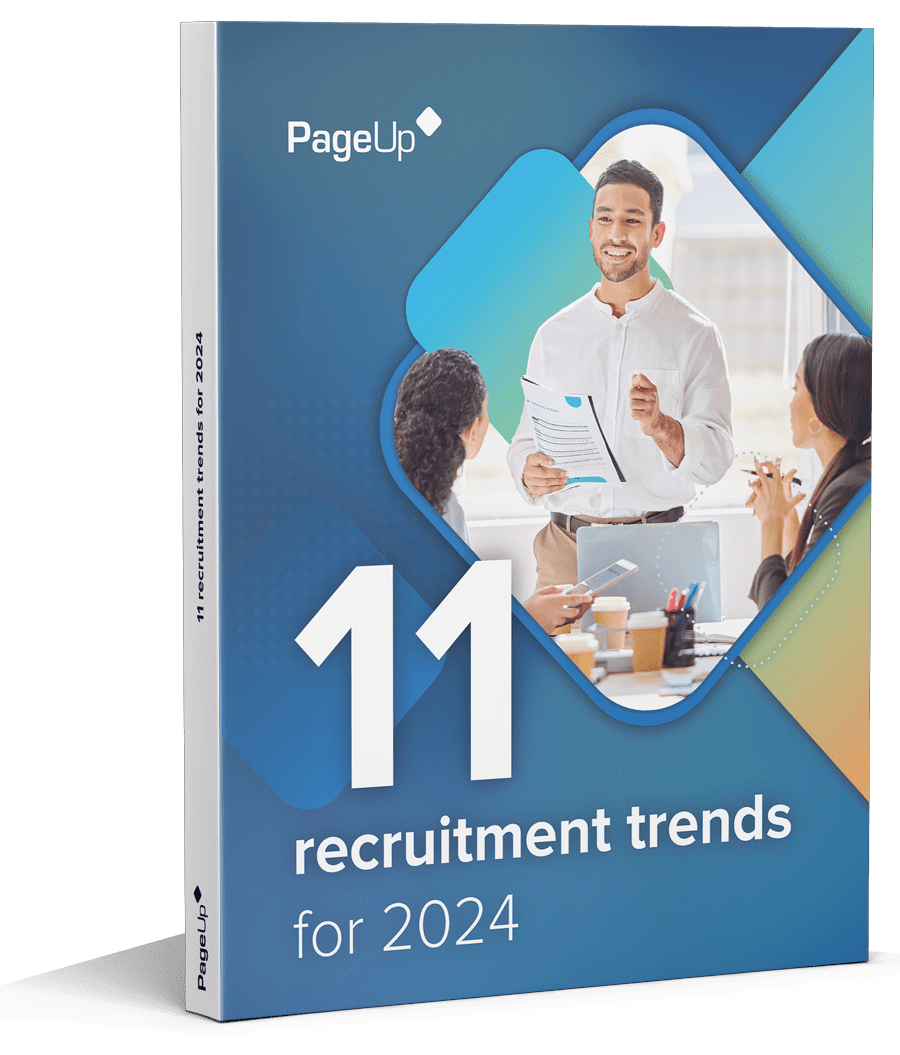The first two blogs in our three part series:
- Skyrocketing staffing agency fees – how hospitals can take back control; and
- Decreasing staffing agency costs – how hospitals can implement cost efficient hiring
explored the substantial costs US hospitals are amassing by using staffing agencies to find clinical talent in a tight labor market. The cost saving benefits of an Applicant Tracking System (ATS) and Candidate Relationship Management (CRM) were explored as ways to curb spending, streamline processes and build talent pools.
While both systems offer significant reductions to an organization’s bottom line, how do hospitals realize full financial benefits post-implementation?
Sarah Forbes, Senior Vice President, North America and EMEA at PageUp managed a team that worked closely with a renowned US hospital to identify their day-to-day challenges and ultimately, deliver a robust solution. She shares their positive outcomes after implementing PageUp’s CRM system.
The challenge
During her research, Forbes gained an understanding of the hospital’s continual daily challenges including:
- An aging population (requiring quality, around-the-clock care)
- Retiring nurses (leaving knowledge and experience gaps
- Focus on cost savings (while providing quality care to all patients)
- Overall staffing shortages
The hospital is an iconic healthcare provider, active in several markets. With a staff base of approximately 8,000 in major areas, they hire an additional 550 (or more) clinical and other staff every year. They also faced multiple recruiting issues: from connecting with passive talent to rogue hiring practices.
1. Connecting with passive talent
The HR team realized that they not only needed to attract suitable active job seekers, but also had to connect with passive talent in the job market. They had a strategy in place to nurture talent who would be great candidates for future roles. One approach was attending careers fairs at nursing schools for upcoming graduates. “The team was very proactive in attending pre-careers fairs, talking to future nurses and introducing them to the idea of completing internships at the hospital. This also gave them a chance to showcase their brand value proposition – especially with multiple competitors in the market trying to attract the same high quality talent,” says Forbes. “The tight labor market was driving their change in strategy – but the demand for better talent was a key focus in their healthcare initiatives.”
“The tight labor market was driving their change in strategy – but the demand for better talent was a key focus in their healthcare initiatives.”
– Sarah Forbes, Senior Vice President, North America and EMEA – PageUp
2. Matching silver medalists with open roles
Every month, the hospital was inundated with unsolicited job applications that weren’t aligned with open positions. As a result, they found an abundance of silver medalist candidates. With clinical talent being so scarce, the team found they were actively matching these candidates to other positions within the hospital. While this practice worked in the hospital’s favor, they needed a more efficient system to capture valuable silver medalist data.
3. Reducing agency spend
The hospital was under enormous pressure to reduce spending with staffing agencies. The HR team felt there was a significant opportunity to reduce the $US10 million per year spend by providing visibility, training, and technology to better manage the process.
4. Lack of compliance and rogue hiring
The HR team was concerned about compliance slipping through the cracks. Multiple departments were liaising with staffing agencies on an ad-hoc basis, with no centralized visibility. Rogue hiring practices were also having knock-on effects on the quality of labor. This effectively resulted in decentralized hiring practices with no formal agency contracts or volume discounts in place.
5. Double-ups of candidates
Agencies were contacting and placing candidates in roles that the hospital’s in-house recruiters were already engaged with. The HR team felt this process compromised the quality of candidates and had the potential to damage relationships with both candidates and agencies.
With a multitude of challenges, the hospital needed to find a robust solution. Says Forbes, “Finding the brightest, best clinical care while reducing spend doesn’t happen on its own. Transformation happens when enough people are behind the technology that creates social, economic and cultural change. Change has to be delivered – and this organization put all of the parts together to create that change.”
“Finding the brightest, best clinical care while reducing spend doesn’t happen on its own. Transformation happens when enough people are behind the technology that creates social, economic and cultural change. Change has to be delivered – and this hospital put all of the parts together to create that change.”
– Sarah Forbes, Senior Vice President, North America and EMEA – PageUp
The focus
Recruiting the best person for a role wasn’t enough for the hospital. Their existing processes needed to change – and being short of clinical workers was not a risk the hospital was willing to take. They focused on changing their strategy from a reactive recruitment process (post a role and pray) to proactive recruitment – to help the team identify and recruit the best talent.
A key part of the solution was to arm recruiters who were tasked with proactive sourcing targets with best-practice processes and technology. The hospital partnered with PageUp to empower their HR team with enhanced recruitment capability through Candidate Relationship Management (CRM) functionality – to support their revised processes. The hospital stipulated critical components they were looking for in a CRM:
- Capture Prospects:
Capture names and email addresses through mobile devices at careers fairs, nursing and virtual events - Create Talent Pools:
Assign all prospects to managed talent pools and keep them warm for future roles, based on licenses and certifications. - New Graduate Information:
Capture licensed talent from university graduation dates - Identify Prospects:
Separate prospects from active candidates - Personalized Communications:
Set up individualized communication strategies to inform prospects - Qualify Candidates:
Keep unsuccessful candidates in the system for other potential roles (based on licensing criteria) - Engage Talent Pools:
Inform candidates about upcoming events and meetings through social media. Communications to be tailored to individuals (or to all members using bulk communications functionality) - Seamless Transition:
Move prospects through to available roles with ease
The solution
PageUp partnered closely with the hospital to understand their proactive strategies and analyzed their required workflows and the outcomes they were looking to achieve. Through best-practice consulting the hospital and PageUp identified that the PageUp Recruitment Candidate Relationship Management (CRM) system would enable the hospital to reduce reliance on agencies whilst delivering a streamlined candidate experience.
The results
Since implementation over a year ago, the hospital has reported positive results in their overall recruiting capability. They’ve also reported higher quality candidates coming through the system. The new approach, enabled by PageUp Recruitment CRM functionality has allowed the hospital to:
- enable their proactive recruiters to easily adopt a new way of recruiting
- capture critical prospect and candidate information
- track progress
- communicate and identify appropriate roles with ease
PageUp’s CRM has delivered considerable financial savings for the hospital over 13 months including:

- A 24% increase in placements through Talent Pools (saving the hospital approximately $US2.4 million in agency spend)
- Time to fill reduced by 13% – adding greater efficiencies in the hospital’s overall recruitment processes
- Consolidated staffing agency contracts – delivering cost savings and greater compliance for the hospital.
See how PageUp can help optimize talent management for your organization – arrange a demonstration
Fresh insights for HR
Stay up to date with HR trends, tips and more when you sign up for our industry newsletter





